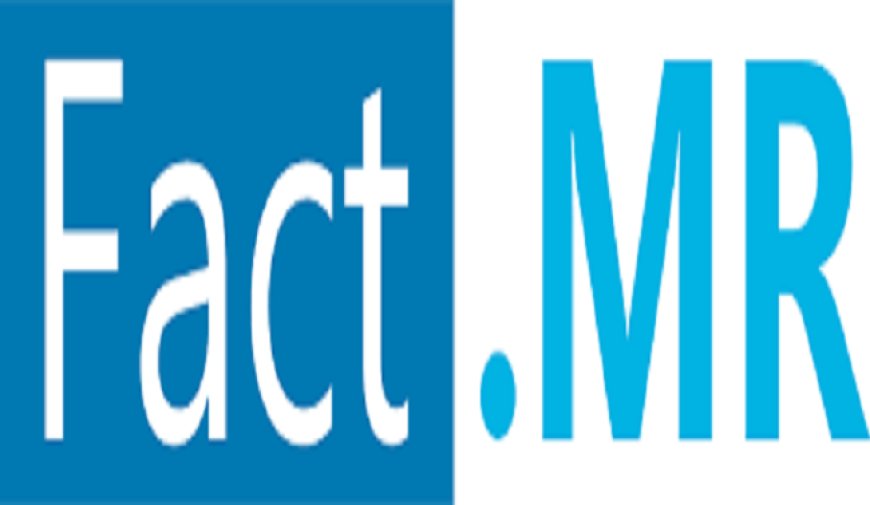US Automotive Exhaust Market to Reach $10.4 Billion by 2034
The automotive exhaust aftertreatment system market is projected to grow from an estimated value of US$ 24.1 billion in 2024 to US$ 36.02 billion by 2034, registering a CAGR of 3.6% over the forecast period.

The automotive exhaust aftertreatment system market is projected to grow from an estimated value of US$ 24.1 billion in 2024 to US$ 36.02 billion by 2034, registering a CAGR of 3.6% over the forecast period.
Automotive exhaust aftertreatment systems are critical components in modern vehicles, designed to reduce harmful emissions and meet stringent environmental regulations. These systems include technologies such as catalytic converters, diesel particulate filters (DPFs), and selective catalytic reduction (SCR) systems, which help minimize pollutants like nitrogen oxides (NOx), carbon monoxide, and particulate matter. As the automotive industry pivots towards cleaner and more sustainable solutions, the demand for efficient aftertreatment systems has grown exponentially, influencing market dynamics globally.
Market Insights
The adoption of exhaust aftertreatment systems is driven by a combination of regulatory mandates and consumer awareness about environmental sustainability. Governments worldwide have introduced stringent emission norms, such as Euro 6, Bharat Stage VI, and Tier 4 standards, compelling automakers to incorporate advanced aftertreatment technologies. These systems are no longer limited to heavy-duty vehicles; passenger cars and light commercial vehicles are also adopting them to meet compliance requirements. Moreover, the development of compact and lightweight designs is making aftertreatment systems more versatile and cost-effective for manufacturers.
Future Outlook
The future of the automotive exhaust aftertreatment system market is promising, with technological advancements paving the way for innovation. The shift toward electric and hybrid vehicles is reshaping the market, as hybrid models still require aftertreatment solutions to manage emissions from internal combustion engines. Furthermore, the integration of advanced sensors and artificial intelligence (AI) is enhancing the efficiency and monitoring capabilities of these systems. Emerging economies are expected to contribute significantly to market growth, driven by rapid industrialization, urbanization, and evolving emission standards.
List of Key Companies Profiled in The Report
- Continental
- Delphi Automotive
- Donaldson Company
- Dinex
- ESW Group
- John Matthey
- Cummins
- Others
Market Growth
The market for automotive exhaust aftertreatment systems is experiencing robust growth, driven by urbanization, rising vehicle ownership, and regulatory pressures. Technological advancements, such as the development of SCR systems with ammonia slip catalysts, are improving system efficiency and reliability, contributing to market expansion. The Asia-Pacific region, with its burgeoning automotive industry, is emerging as a key growth driver, while Europe and North America remain significant markets due to their stringent emission standards. Despite challenges such as high costs and the transition to electric vehicles, the market continues to thrive, supported by innovation and regulatory compliance.
Recent Industry News
Recent developments in the automotive exhaust aftertreatment system market reflect the industry's commitment to innovation and sustainability. Several manufacturers are investing in research and development to introduce next-generation technologies, such as dual-function catalyst systems that combine NOx reduction with particulate matter filtration. Partnerships between automakers and technology providers are also making headlines, focusing on co-developing integrated solutions to meet future emission standards. Moreover, the increasing use of renewable fuels and alternative energy sources is influencing the design and functionality of aftertreatment systems, ensuring their relevance in a transitioning automotive landscape.
Notable Developments
Notable advancements in the automotive exhaust aftertreatment system market include the rise of compact and integrated systems that combine multiple functionalities into a single unit. These developments are reducing overall vehicle weight and complexity while improving performance. Additionally, the adoption of 3D printing and other advanced manufacturing techniques is enabling the production of customized components with enhanced precision and efficiency. The emergence of hydrogen-powered vehicles and fuel-cell technology is also driving innovation in exhaust systems tailored for alternative powertrains. Strategic collaborations and mergers are reshaping the competitive landscape, fostering the development of cutting-edge solutions.
This comprehensive analysis underscores the pivotal role of automotive exhaust aftertreatment systems in achieving a sustainable and low-emission future for the transportation industry. As regulations tighten and technologies evolve, the market is poised for continued growth and transformation.
Market Competition
Leading players in the automotive exhaust aftertreatment system market are focusing on launching new products and diversifying their offerings to strengthen their market presence. Stricter emission regulations have pushed manufacturers to innovate technologies that reduce the release of harmful exhaust gases.
The demand for advanced aftertreatment systems has driven companies to increase their R&D investments and align with emerging trends, including exhaust systems and mufflers.
In March 2021, Eaton and Tenneco collaborated to develop an integrated thermal management system designed to help commercial vehicles meet stringent emission standards. This system enhances the effectiveness of aftertreatment systems by directly heating them, thereby reducing harmful exhaust emissions.












